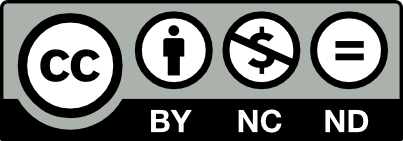AontasGael (EE-un-tas-Gale)
Common Tongue
AontasGael is a living linguistic bridge between the past and the present, weaving together the ancient sounds of Proto-Celtic with the nuanced expressions of Irish, Gaul and Welsh. This language serves not only as a means of communication within the realm but also as a repository of its rich cultural heritage and mythology. AontasGael encapsulates the spirit of its people, their struggles, victories, and the very essence of the land itself.
Writing System
AontasGael is written using a modified version of the Ogham script for ceremonial purposes and an adapted Latin alphabet for everyday use. The Ogham script, with its connection to the ancient druids, is reserved for sacred texts and important inscriptions, while the Latin alphabet is used in a way that reflects the phonetic intricacies of AontasGael. However, Eksēian is the primary formal written form of the realm.
Phonology
The phonology of AontasGael is characterized by a broad range of consonantal sounds, including the distinctively Celtic initial consonant mutations and the use of both broad and slender vowels that influence the pronunciation of adjacent consonants. The intonation patterns are reminiscent of Old Irish, with a melody that rises and falls in a manner that echoes the undulating landscapes of the realm.
Morphology
AontasGael morphology is highly synthetic, similar to Old Irish, employing a wide array of affixes to indicate tense, mood, and voice. Nouns are inflected for case, number, and sometimes gender, with a system that mirrors the complexity of Proto-Celtic but is streamlined for modern use.
Syntax
The syntax of AontasGael favors a verb-subject-object (VSO) order, akin to Classical Gaelic, but is flexible, allowing for variations that can emphasize different elements of a sentence. This flexibility reflects the language's capacity to convey complex ideas and emotions with precision and elegance.
Vocabulary
The vocabulary of AontasGael is a rich tapestry that blends the ancient with the contemporary. It borrows heavily from Old and Modern Irish and Welsh, with terms for modern concepts creatively derived from roots that date back millennia. This ensures that the language is both deeply rooted in its history and fully capable of expressing modern ideas.
Phonetics
The phonetic inventory of AontasGael includes a range of guttural consonants and vibrant, rolling r's, alongside velar fricatives that are soft yet pronounced. Vowels range from open to close, with length playing a crucial role in differentiating meaning.
Tenses
AontasGael employs a complex tense system, including present, past, future, and habitual aspects, much like its Irish and Welsh inspirations. Additionally, it features a series of periphrastic constructions to express nuanced temporal relationships.
Sentence Structure
The default sentence structure is verb-initial, but AontasGael allows for considerable flexibility to highlight the focus of the sentence. This includes inversion for interrogative sentences and various forms of fronting for emphatic purposes.
Adjective Order
Adjectives generally follow the nouns they modify, consistent with the pattern seen in Modern Irish and Welsh. However, certain adjectives, especially those pertaining to quantity or size, can precede the noun for emphasis or stylistic reasons.
Structural Markers
AontasGael utilizes a series of particles and prefixes to mark questions, negations, and relative clauses, reflecting the language's synthetic nature. These structural markers are integral to conveying the subtleties of meaning and intention within the language.
















